Whether you're a beginner stargazer or a seasoned observer looking for a portable means of viewing the cosmos, one of the best small telescopes can be the perfect solution.
After years of comprehensive testing and reviewing by us and our expert astronomer contributors we have selected several compact, lightweight models that are easy to set up and transport from A to B.
We have given reasons why each telescope would be best at a particular task—some are better at lunar and planetary observations while others excel at deep-sky imaging—but they all have a small footprint.
Whether you're seeking a travel-friendly skywatching companion for dark-sky adventures or a quick-to-set-up grab-and-go telescope for last-minute backyard sessions, we've got you covered.
If size isn't important, check out our best telescopes guide, which has what we think are the very best telescopes on the market. Or, if you have a particular skywatching target in mind, we have dedicated guides for the best telescopes for deep space and the best telescopes for seeing planets.
The quick list
Here is a quick overview of the best small telescopes, scroll down for more detail about each telescope.
 Best overall
Best overall
The best small telescope overall
This telescope is great for sharing beautiful, detailed images in real time. While not the cheapest, it is great value for money.
 Best small smart telescope
Best small smart telescope
The best small smart telescope
An app-controlled smart telescope that can deliver stunning deep-sky views - great for users without prior knowledge of the cosmos.
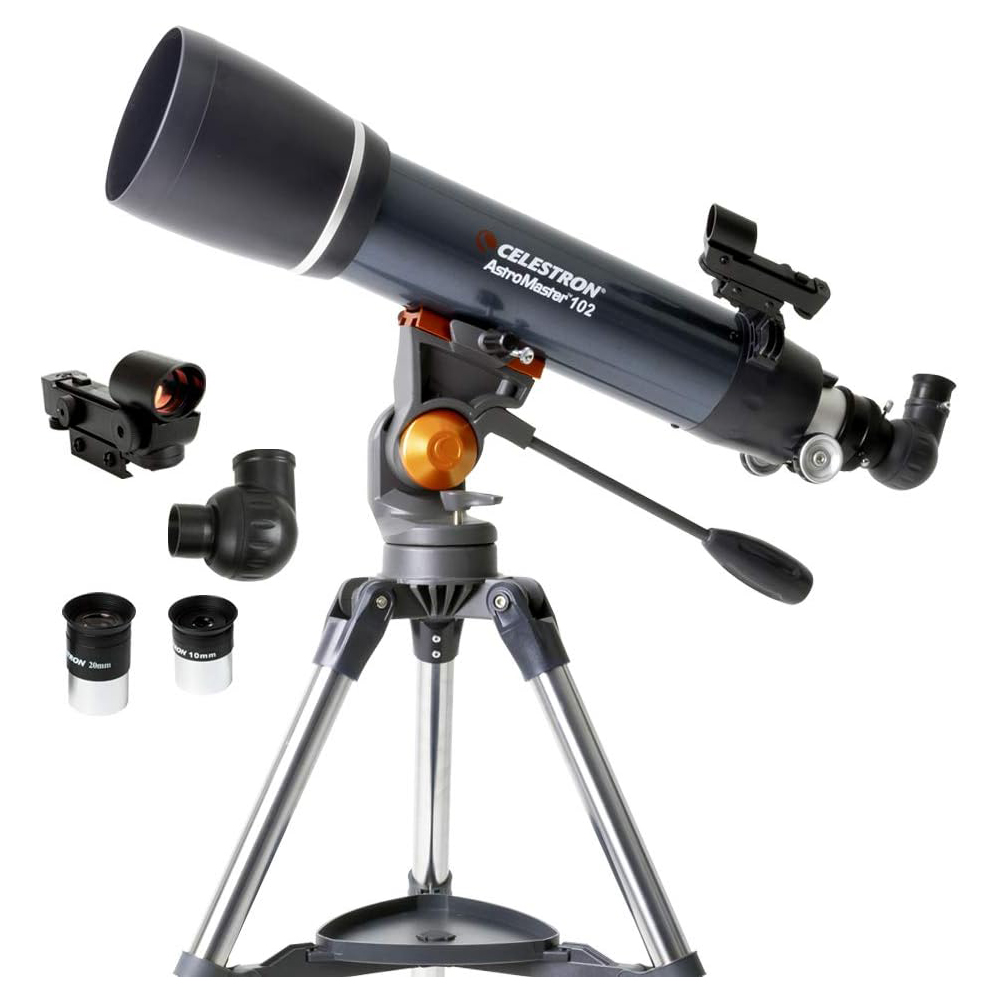 Best for budding astronomers
Best for budding astronomers
The best for budding astronomers
This is a good all-rounder for astronomy newcomers looking for a 'traditional telescope. '
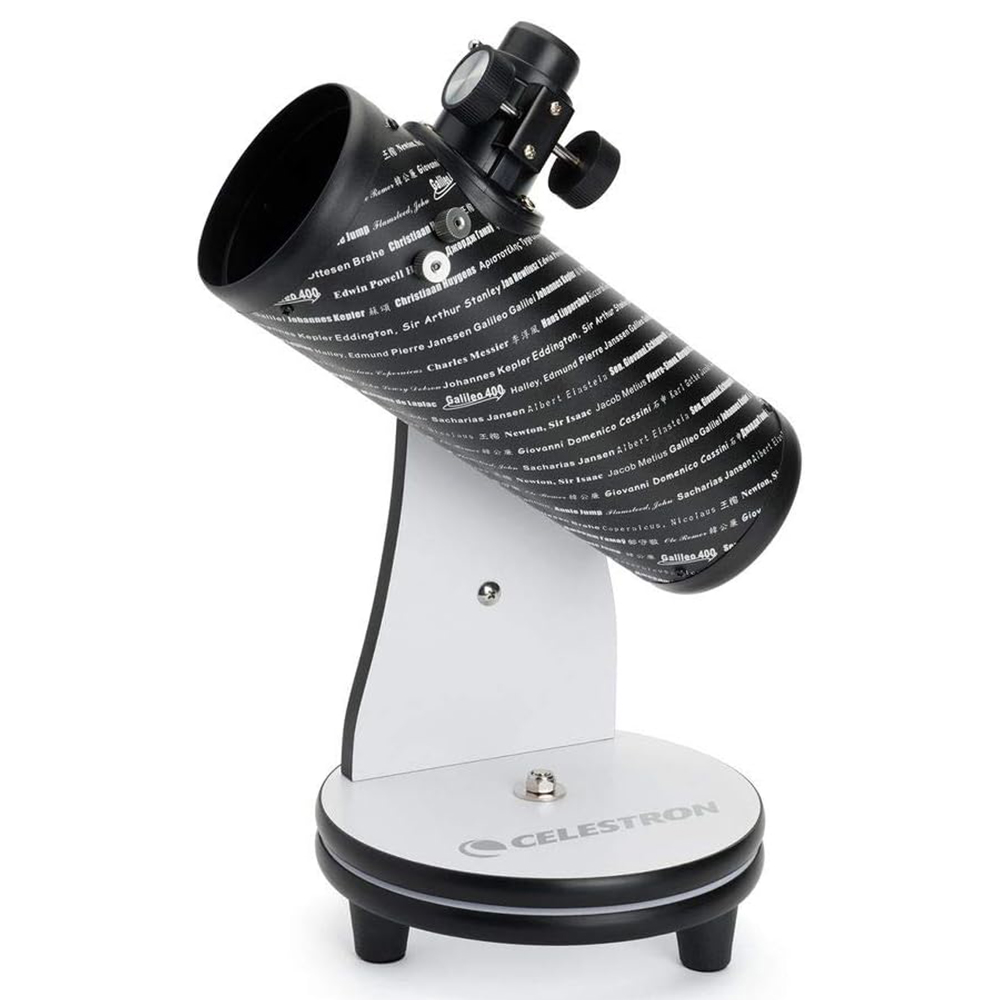 Best for small children
Best for small children
The best for small children
This is a low-cost way to satisfy your young person's desire to have their own telescope.
 Best for backyard gazing
Best for backyard gazing
The best for backyard gazing
If you're happy to let tech do the hard work for you, this go-to telescope will delight with sharp views of planets and the brighter deep sky objects.
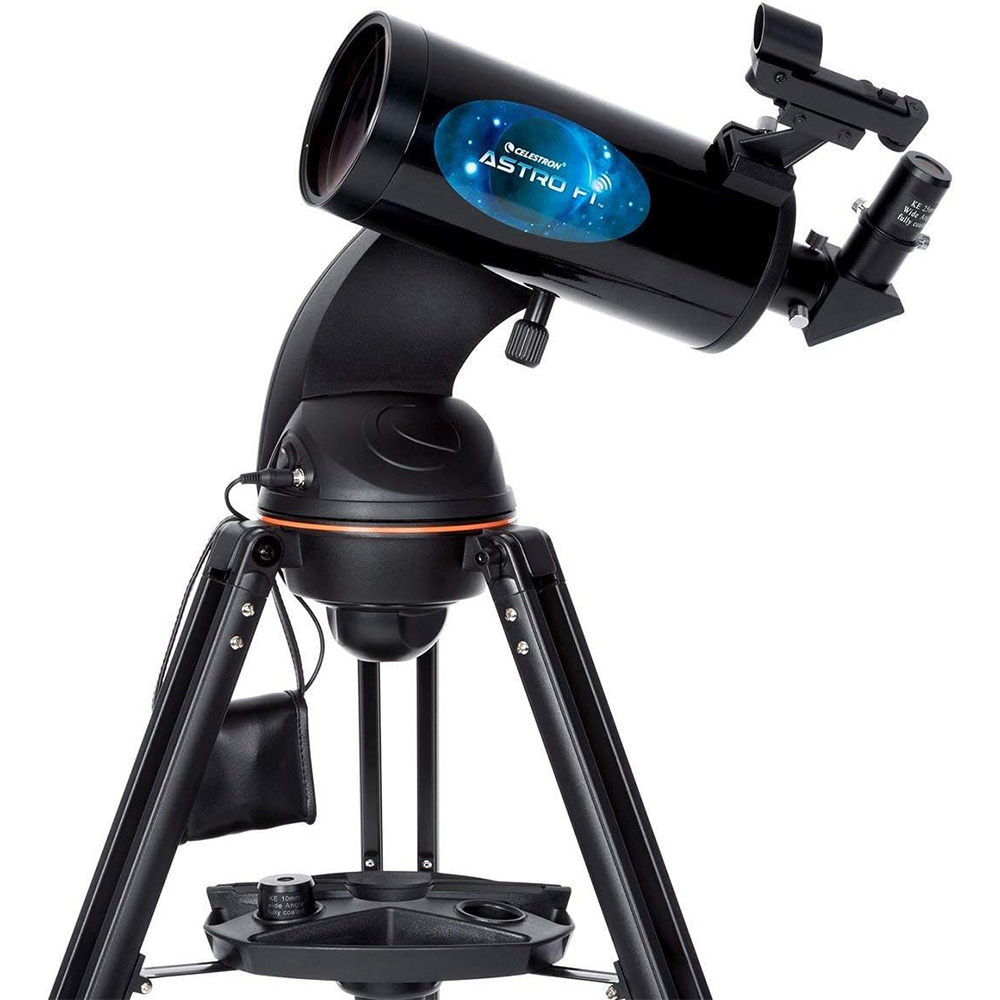 Best for lunar and planetary observation
Best for lunar and planetary observation
The best for lunar and planetary observation
This is a great Go-To telescope for a newcomer or child who wants a closer look at the moon and planets without having to learn how to find them.
The best small telescopes we recommend in 2025
The best small telescope overall
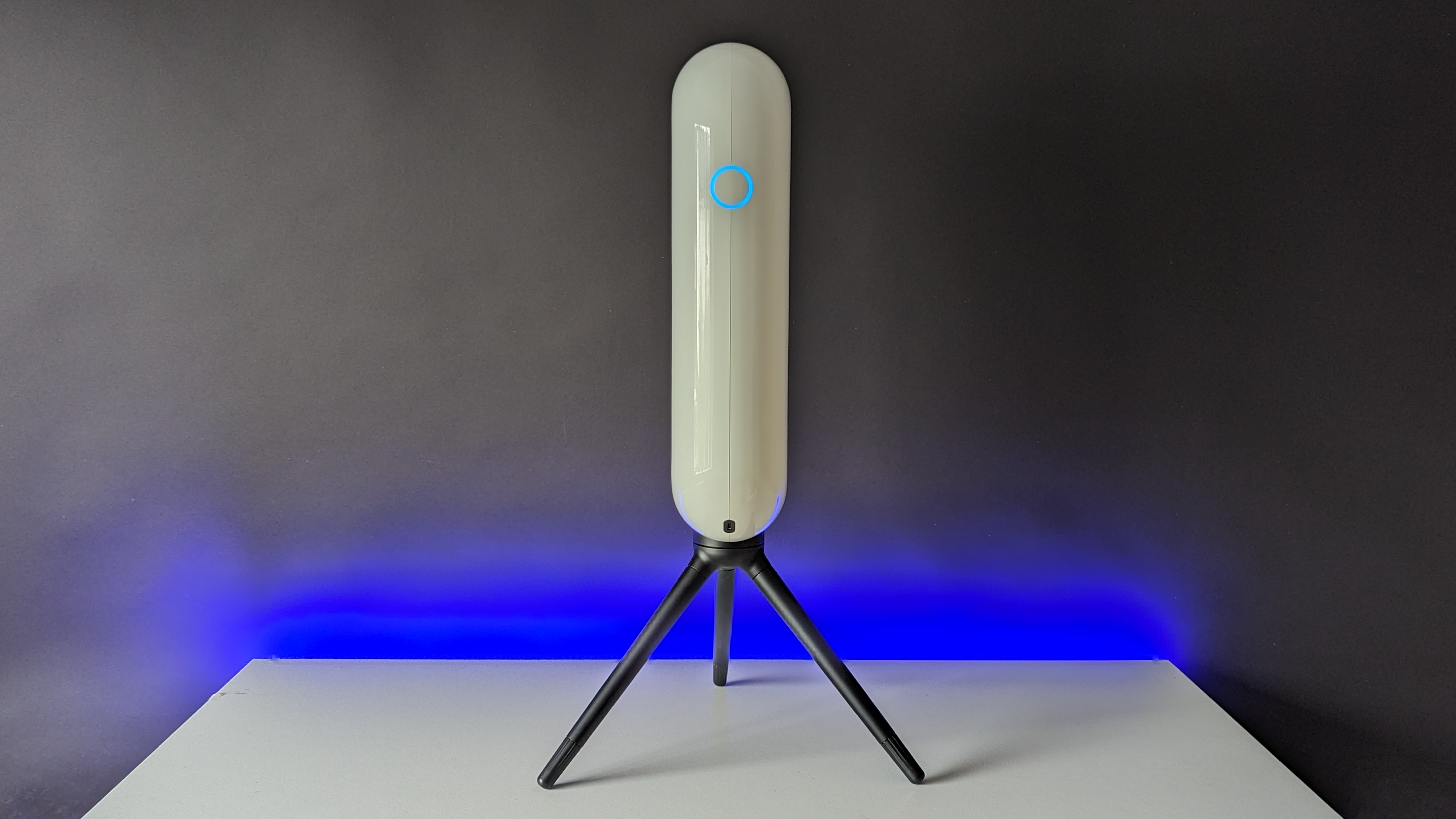
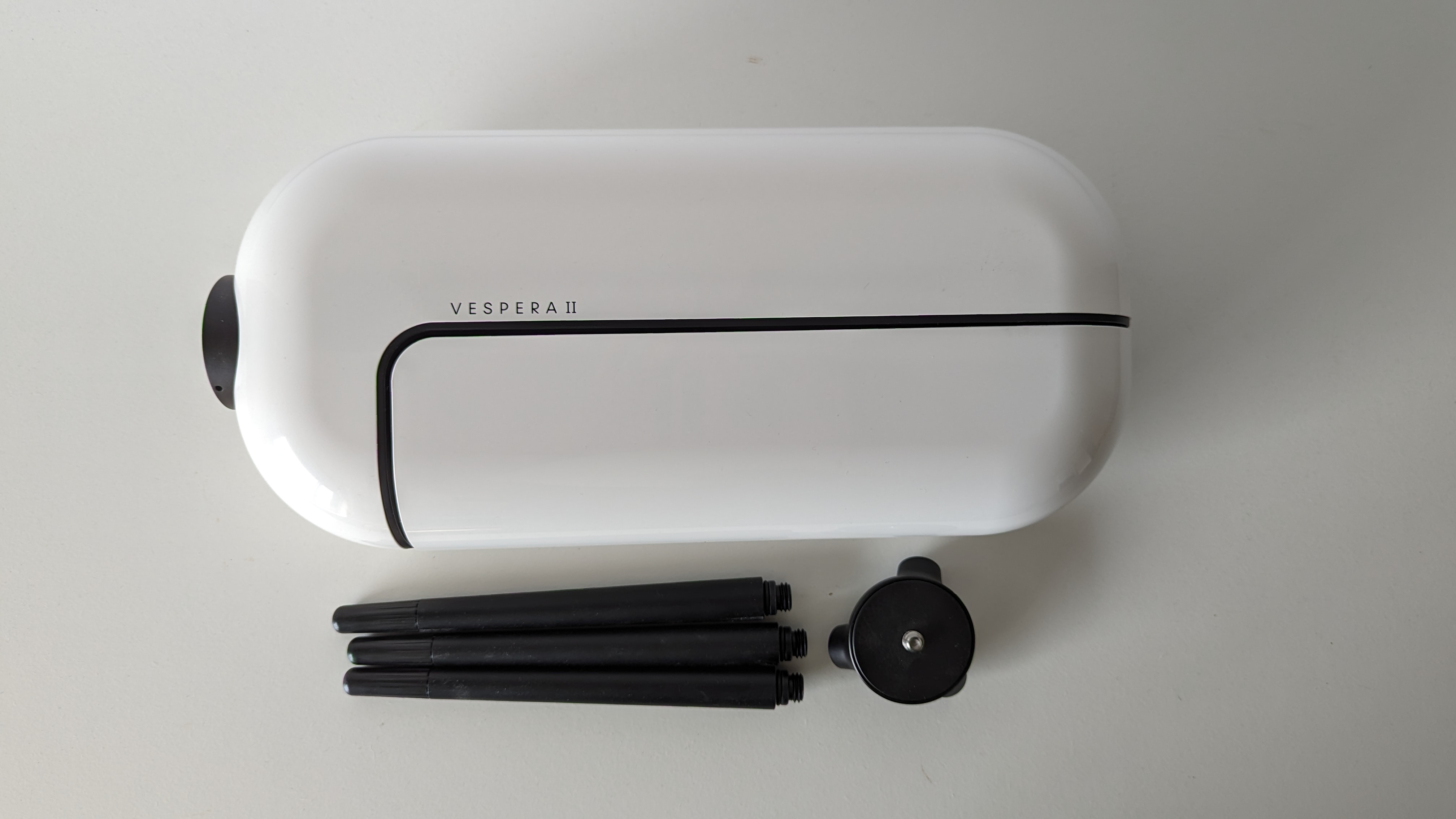
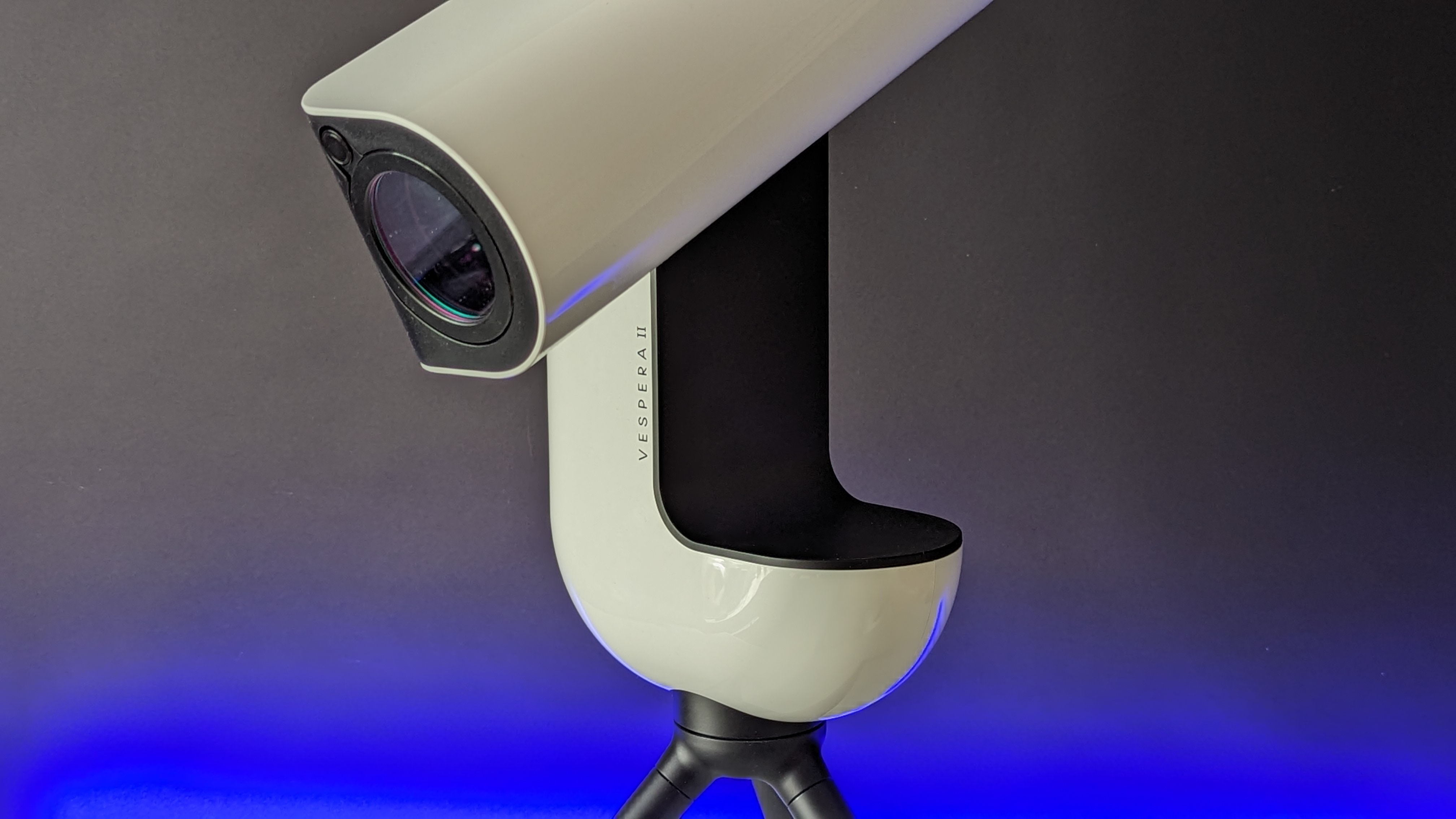
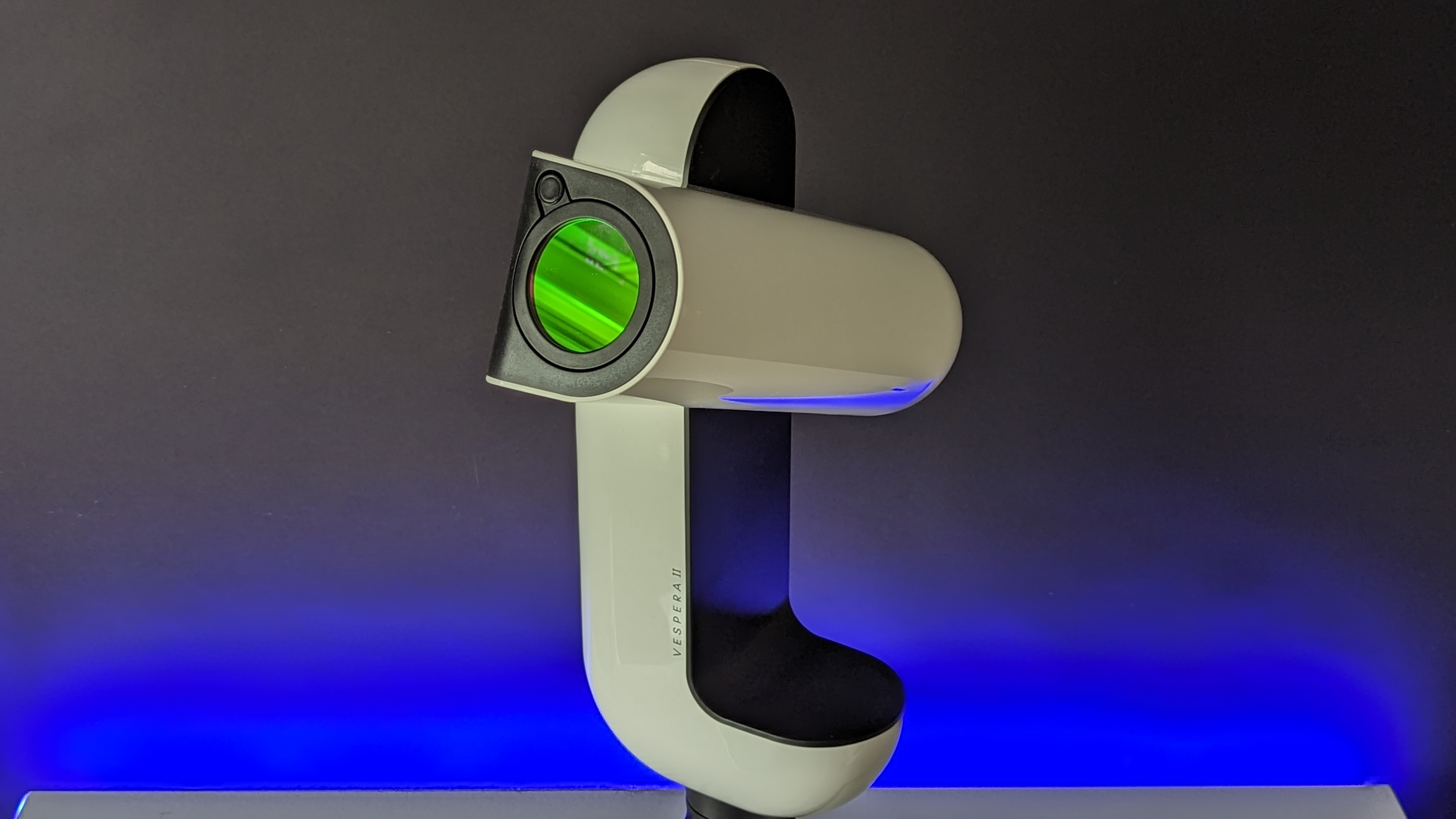
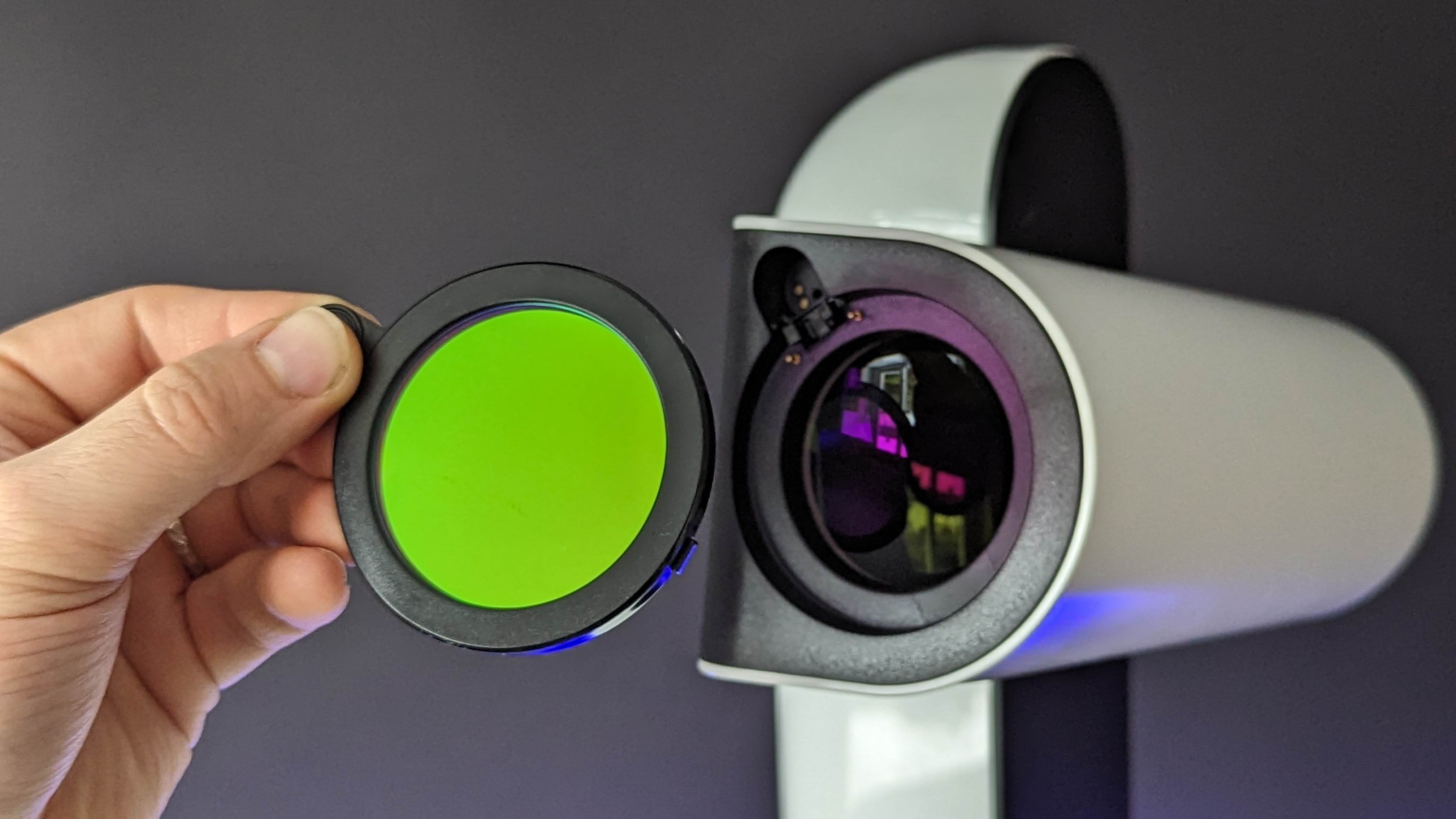
✅ You want detailed images: The sensor produces beautiful 8.3 MP images, which can be boosted to 24MP with Vaonis' Live Mosaic Capture.
✅ You enjoy sharing your finds with others: The images are stacked before your eyes, right onto your phone screen rather than an eyepiece.
❌ Planetary imaging is your thing: Throughout our review, we found that imaging planets was tricky and underwhelming.
❌ You plan on long skywatching sessions: Especially if you don't want to carry backup power — the battery lasts around four hours
🔎 Vaonis Vespera II: One of the best-value smart telescopes on the market that will delight users with its high-resolution nebula and deep space images. ★★★★★
Following our hands-on review of the Vaonis Vespera II, we consider it to be one of the best smart telescopes you can buy, so the fact that it is so compact is a bonus. It has an impressive 8.3M resolution, one of the highest resolutions out of the smart telescopes we've reviewed.
It costs around $1500, so while it isn't cheap, it is cheap compared to others in its class. More importantly, at just 400 x 200 x 90 mm (when closed), it is very compact, so you can easily transport it (alongside your smartphone, which becomes your 'eyepiece') to a dark sky location for an evening of skywatching.
It can produce amazing images of nebulas and other deep-sky objects. It stacks images in real time, and you can see the image improving (with more detail) before your eyes. You can also save each frame to stack the image yourself post-shoot. It is nice to have the option of either method. The Vaonis Vespara II offers the immediacy of observing and sharing images, so it is perfect for skywatching parties or for families to enjoy the experience together.
We need to mention that the battery only lasts four hours, less than other similar models, but those are generally more expensive. If you plan on pulling an all-nighter, you can always take one of the best power banks or portable power stations with you. Remember that this small smart telescope doesn't come with an adjustable tripod (just a small fixed-height one). Vaonis sells a branded adjustable tripod for around $150, but you can use any tripod with ⅜ inch threads that can support the scope's 5.87 kg weight.
- Read our full Vaonis Vespera II review
Best small smart telescope



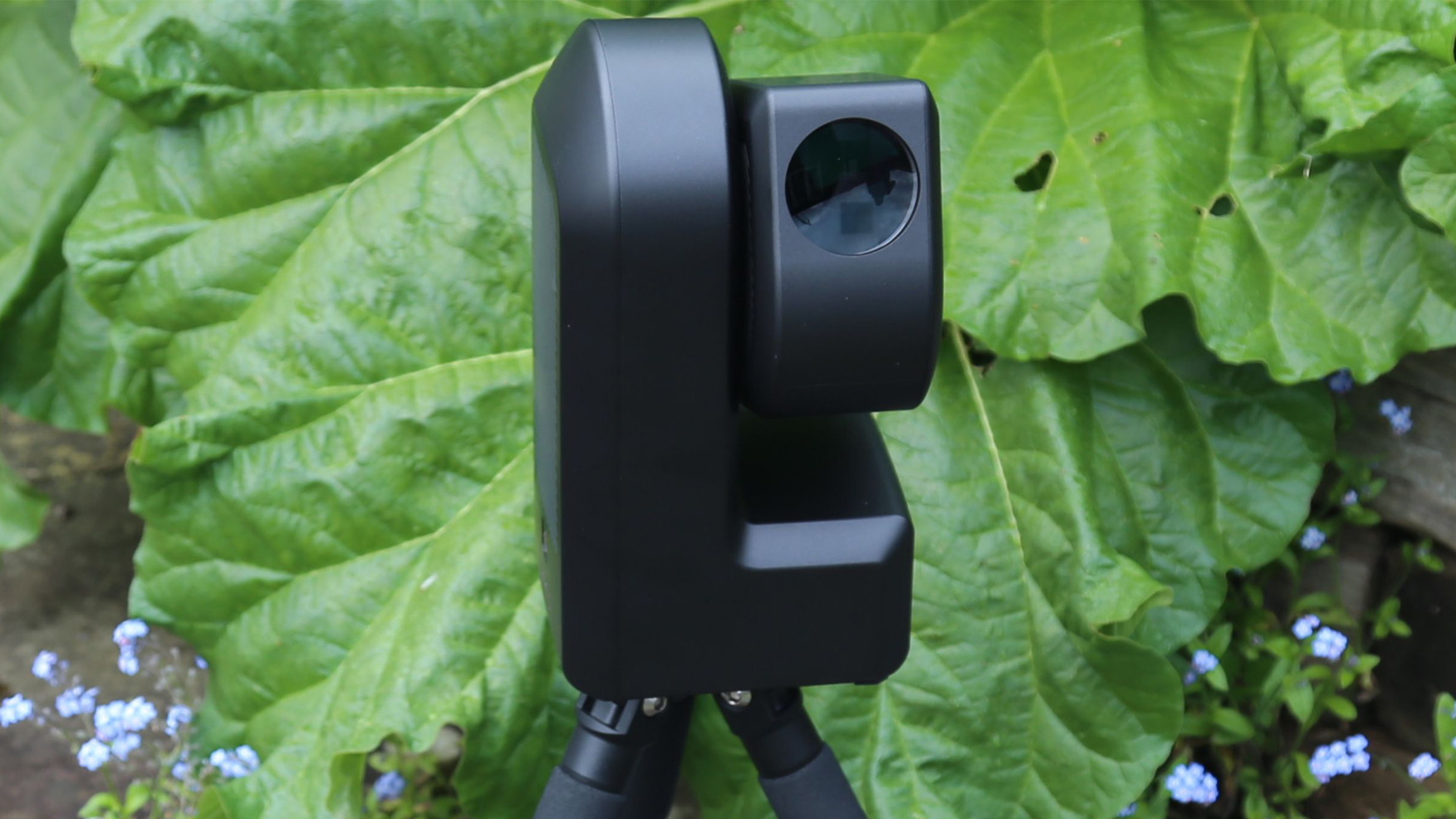
✅ You want to take images of the sun - ZWO has included a pop on, pop-off solar filter so you can observe sunspots and fascinating solar activity.
❌ You want high-resolution photos - this is the lowest-resolution smart telescope we've reviewed
🔎 ZWO Seestar S50 A great solution for an easy-to-use small smart telescope that you can also use to observe solar activity ★★★★ ½
The lightweight ZWO SeeStar S50 weighs just 2.5 kg, making it ultra-portable for stargazing adventures. With a 2-inch (50mm) apochromatic triplet refractor and an f/5 focal ratio, it delivers wide-field views—perfect for deep-sky wonders like nebulas, galaxies, and star clusters. The 2MP sensor limits resolution, but this is a great choice for anyone exploring the cosmos without a 'traditional telescopes' learning curve.
Like most smart telescopes, the SeeStar S50 is controlled via a user-friendly smartphone app. This removes the complexity of astrophotography and allows you to capture stunning long-exposure images with minimal effort.
In our hands-on ZWO SeeStar S50 review, we were impressed with the light pollution filters, which are essential in our increasingly light-polluted skies. We found the app intuitive to use and, unlike some models we've tried in the past, pairing the telescope with our smartphone was painless. Head to the review to see some example photos.
This telescope would be great for people who enjoy photographing the moon's phases, the sun, galaxies and star clusters, but not for observing planets.
- Read our full ZWO Seestar S50 review
Best for budding astronomers

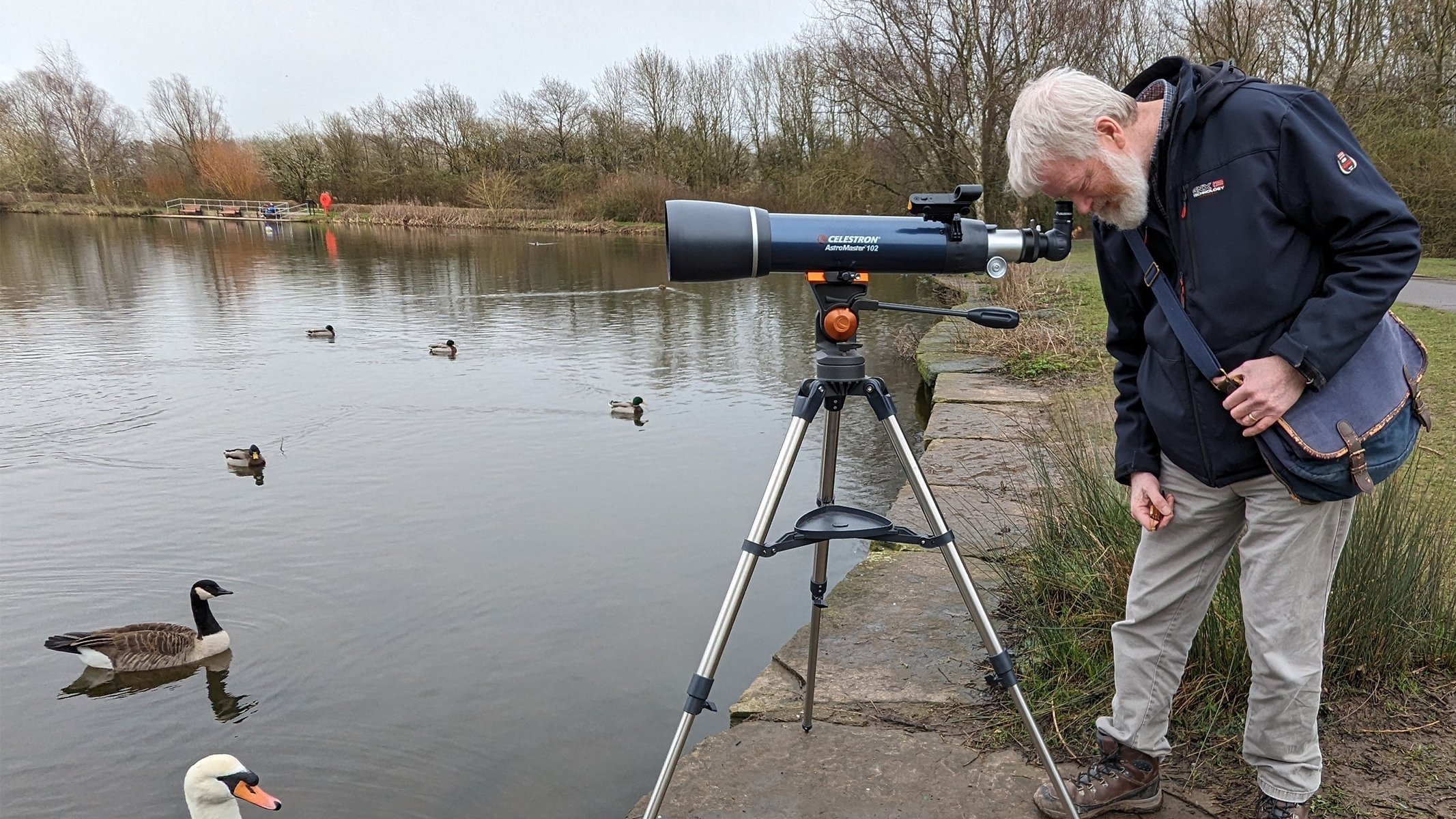
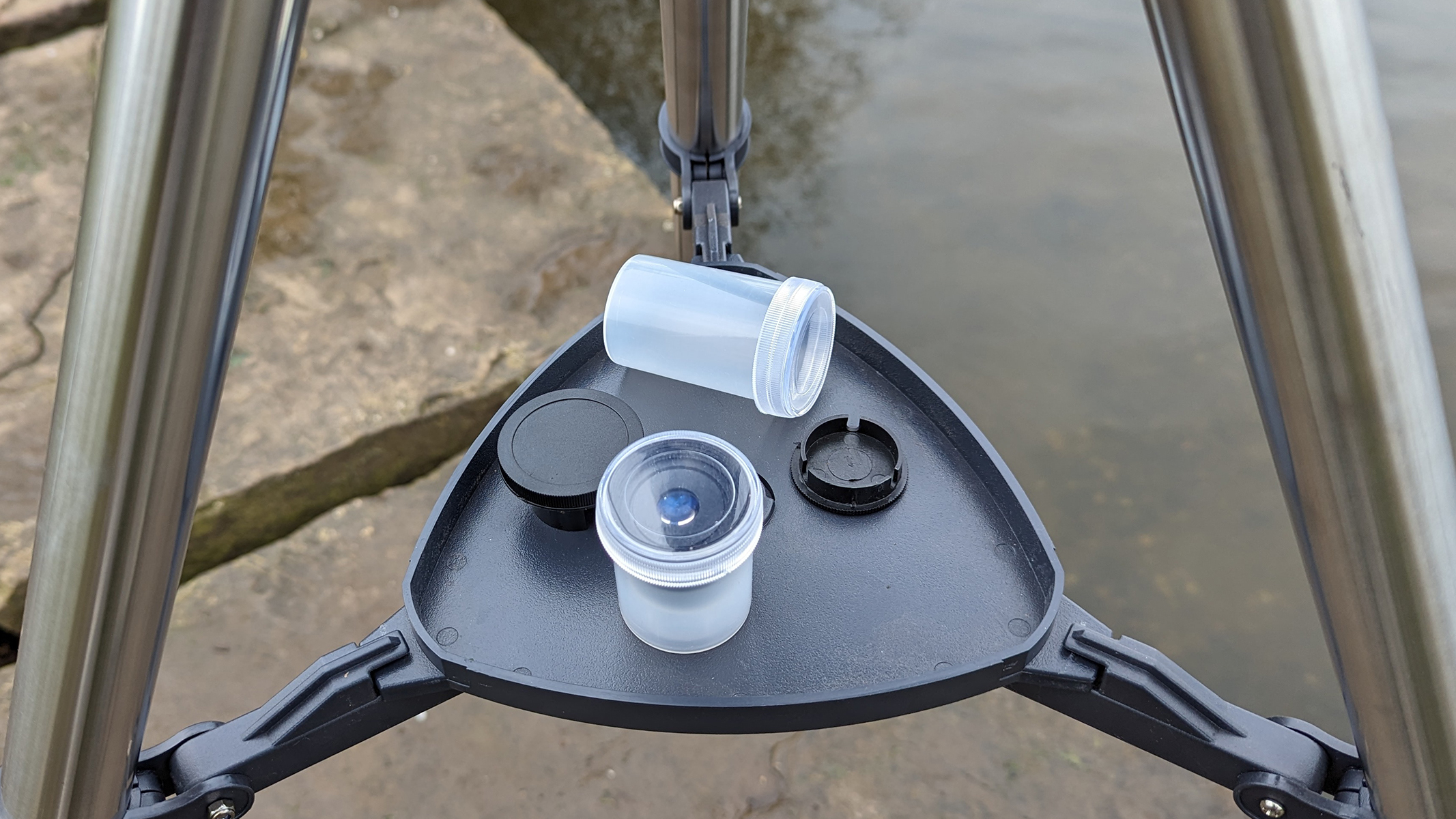
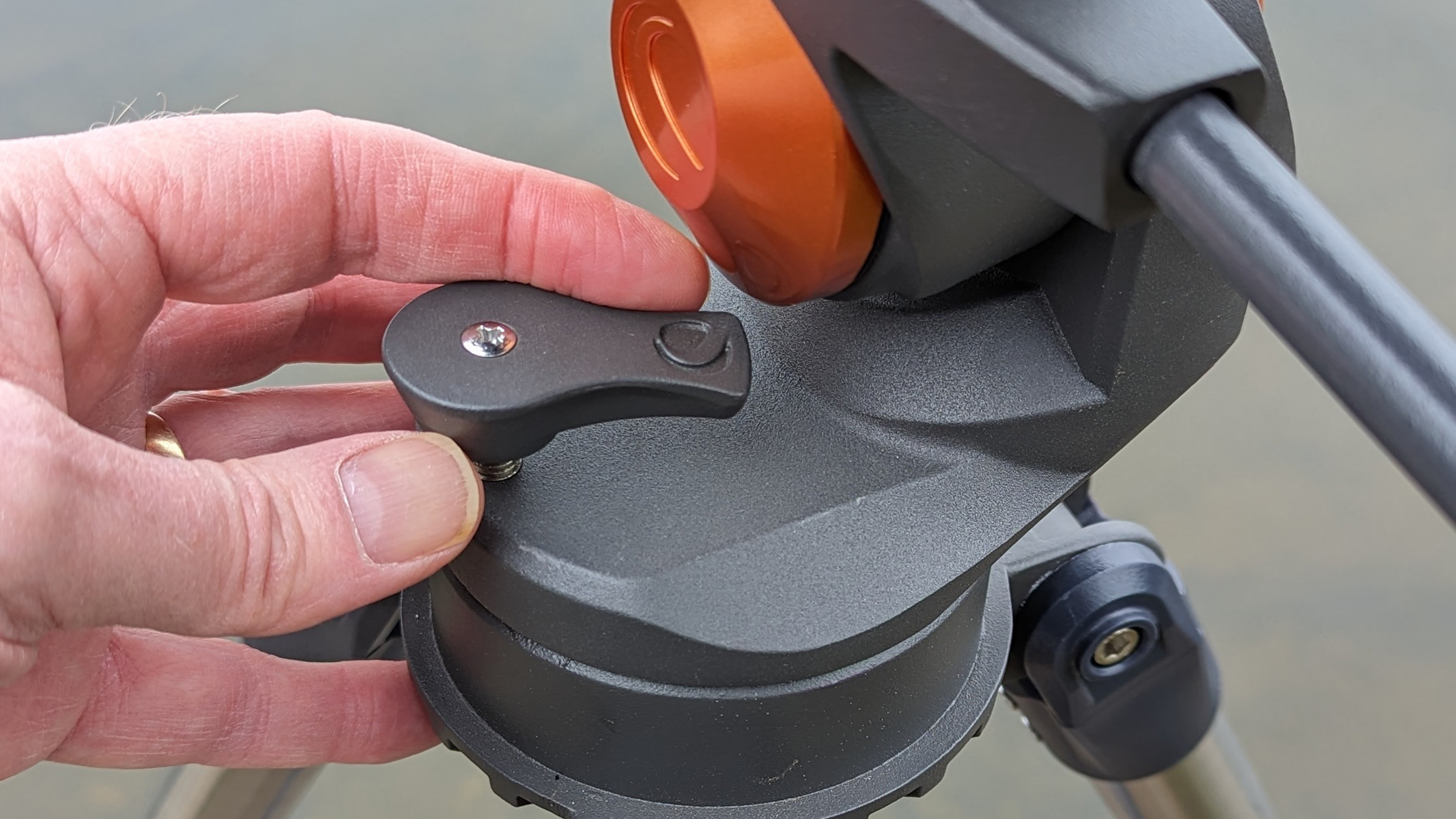
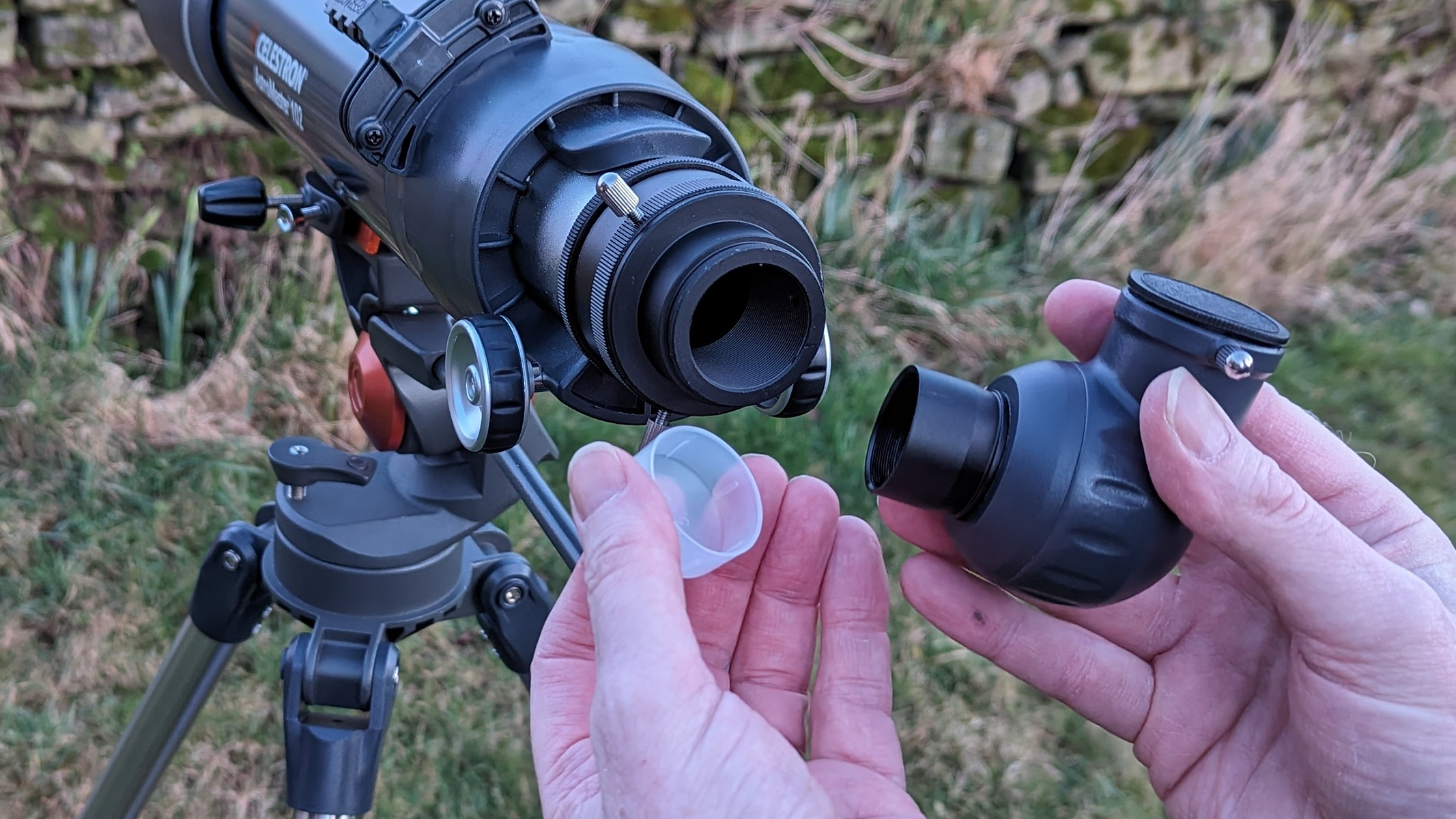

✅ You don't want to rely on other tech: There is no need to use an app; it is a 'traditional' telescope where you look through the eyepiece rather than a screen.
❌ You want to take photos to store your findings — this is a basic telescope without camera or app functionality.
❌ You don't want to buy additional accessories — this telescope would definitely benefit from purchasing add-ons to enhance its usability.
🔎 Celestron Astromaster 102AZ An excellent choice for beginners, this telescope is simple to set up and use, free from unnecessary tech distractions but with impressive performance and image quality. ★★★½
The Celestron Astromaster 102AZ sits in our best beginner telescopes guide as the best grab-and-go scope. This is because it is quick to set up, and you don't need any other tech like an app or a laptop to get going. Everything you need for an enjoyable evening of skywatching is in the box. You get two eyepieces (allowing for 66x and 33x magnification), a red dot finder, a star diagonal and a good-quality mount.
Although the Celestron Astromaster is available with different-sized apertures, we have found the 102AZ to be the best beginner and budget-friendly model.
In our 102AZ hands-on review we were impressed with the optics and the amount of light the multi-coated objective lens gathered. One of the best things about this scope is that you can use it throughout the day and at night. If stargazing doesn't work for you, you can still use it for bird or wildlife viewing.
Because it is lightweight and easy to set up, thus being highly portable, we think it deserves a place in this guide. It isn't the cheapest telescope on the market, but the dual functionality is a key reason for a beginner to purchase this model.
We're lucky enough to review hundreds of telescope units, so while in our review we have picked out some of the annoyances we have with this scope, this is largely because we have been spoilt with the chance to look through much more advanced scopes. Don't let this put you off though, the views we got from this instrument did not disappoint.
- Read our full Celestron Astromaster 102AZ review
Best for children
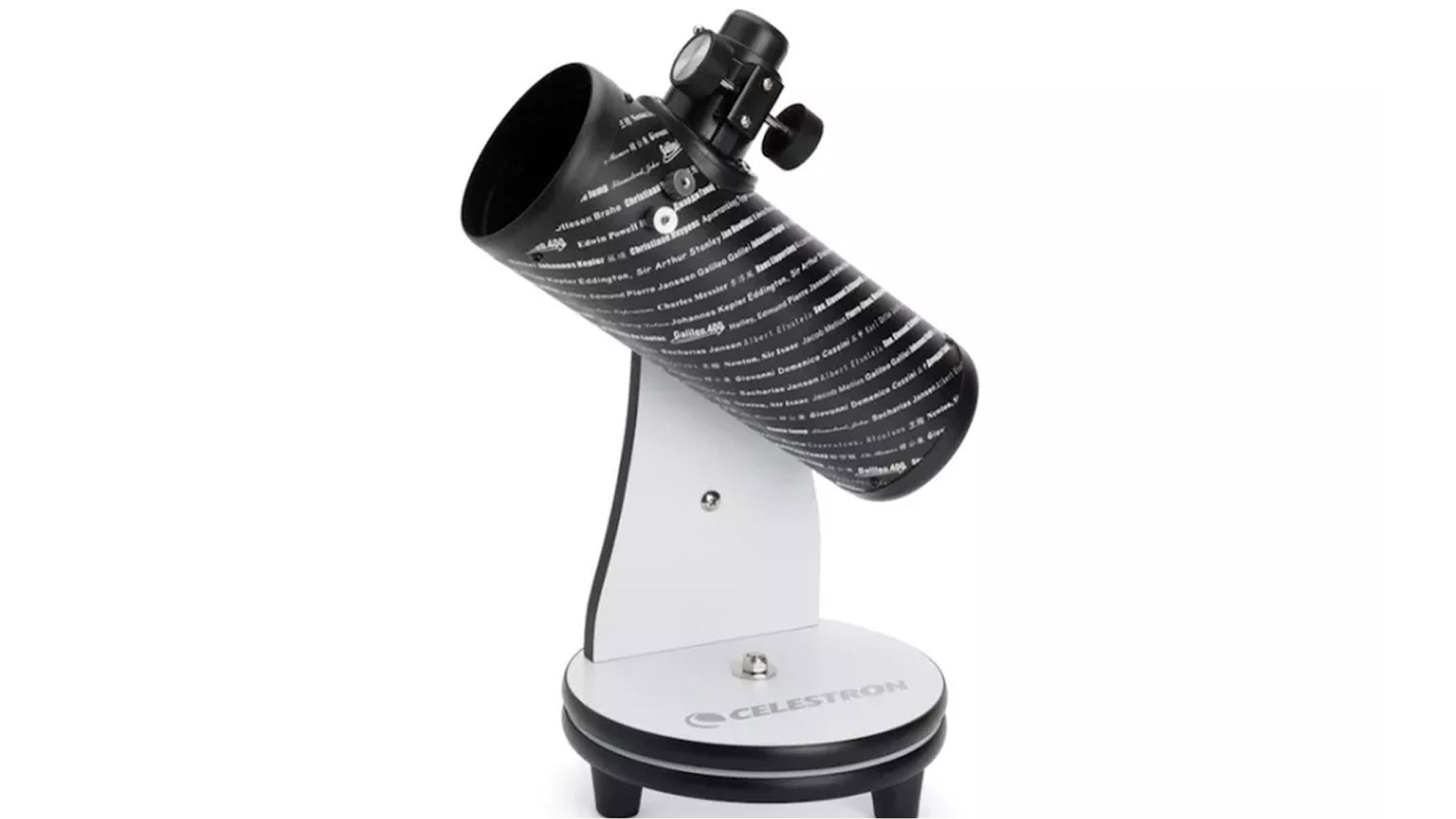
✅ You want a low-budget means to satisfy your child's desire for a telescope—it costs around $70, so it won't break the bank.
❌ You expect your child to become a long-time skywatcher: Although enjoyable for a child new to astronomy, this scope will eventually (perhaps quickly) be outgrown.
🔎 Celestron FirstScope 76 Tabletop Best as a beginner scope for a young person that may have a short-term interest in astronomy. They will get fair views of the moon, planets and stars. ★★★★
The Celestron FirstScope 76 is a compact, tabletop Newtonian reflector telescope designed for novice astronomers, especially children. It weighs just 4.3 lbs (1.95 kg) and arrives pre-assembled and ready to go. The very nature of it being a tabletop scope makes it highly portable. The telescope includes two eyepieces—a 20 mm and a 4 mm—providing versatility in viewing celestial objects like the moon, planets, and stars.
The focal ratio gives users a wide field of view, which allows your child to observe star clusters and other wide-angle targets.
The sturdy build quality ensures durability against small knocks and bumps, which is important for something built with children as its target market. It also makes it worry-free to transport compared with instruments that contain many fragile components and glass.
In our hands-on review, we concluded that this scope is a worthwhile low-budget purchase for a child who has shown interest in learning more about the night sky.
- Read our full Celestron FirstScope 76 review
Best for backyard gazing
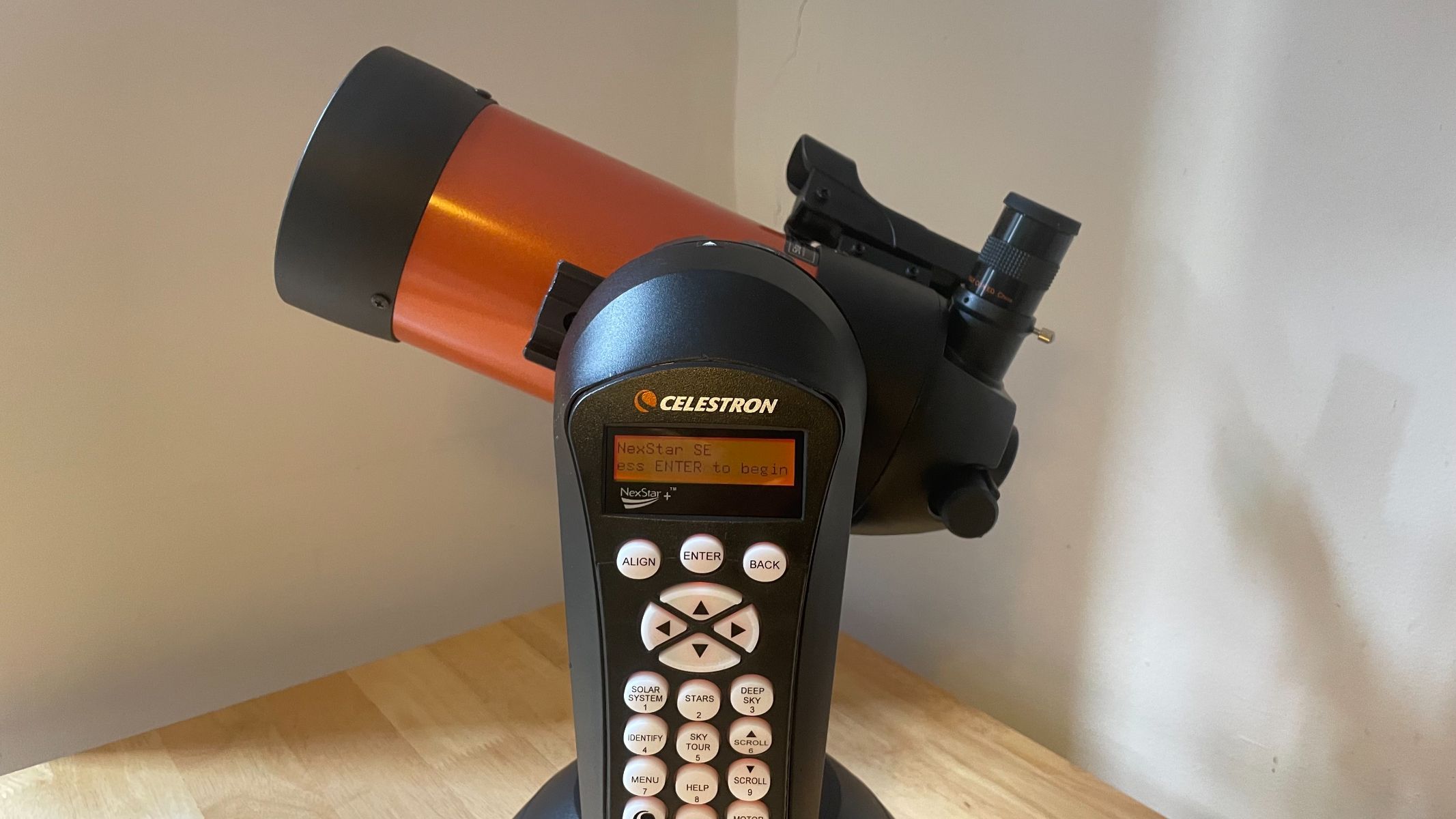
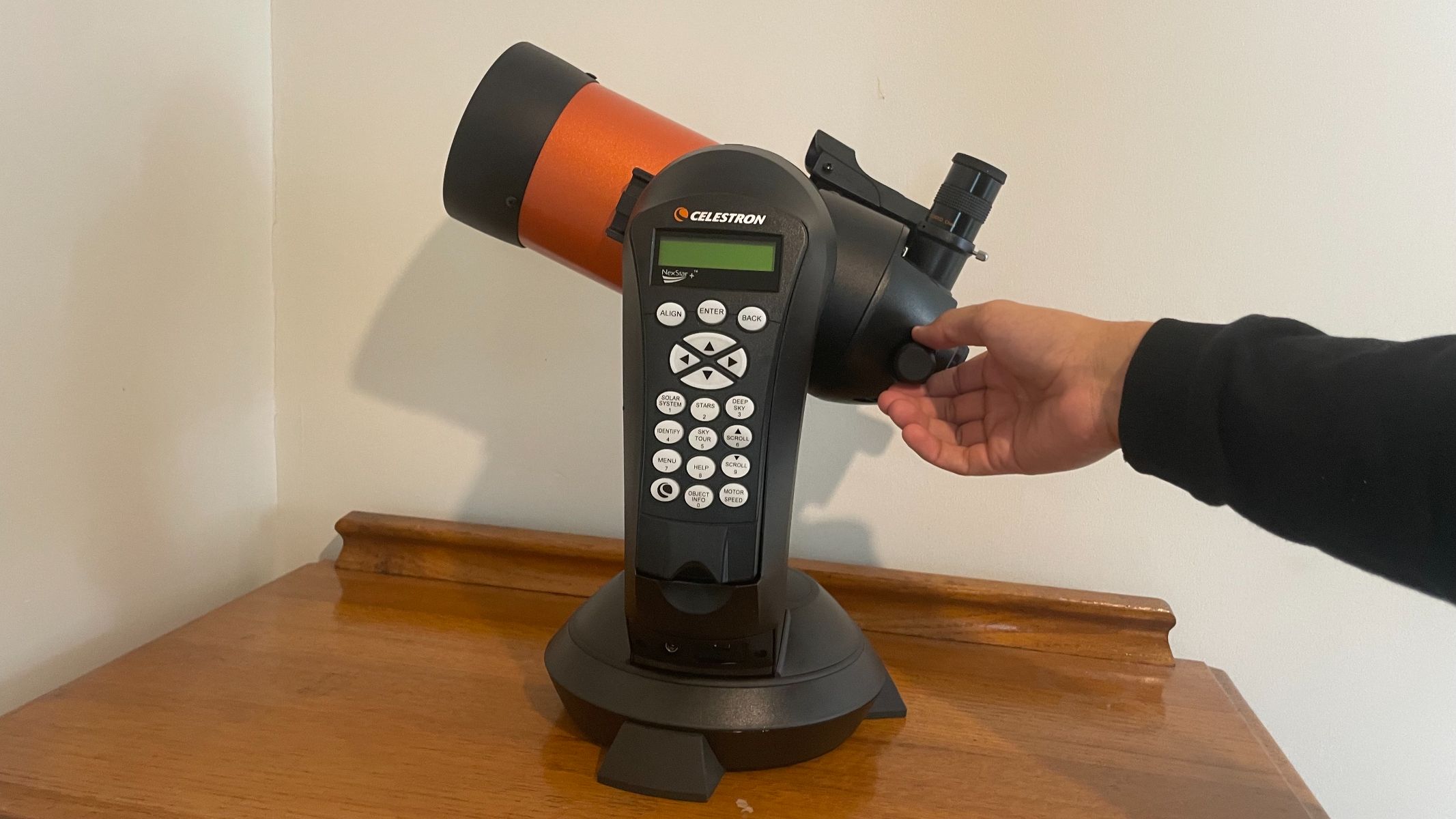
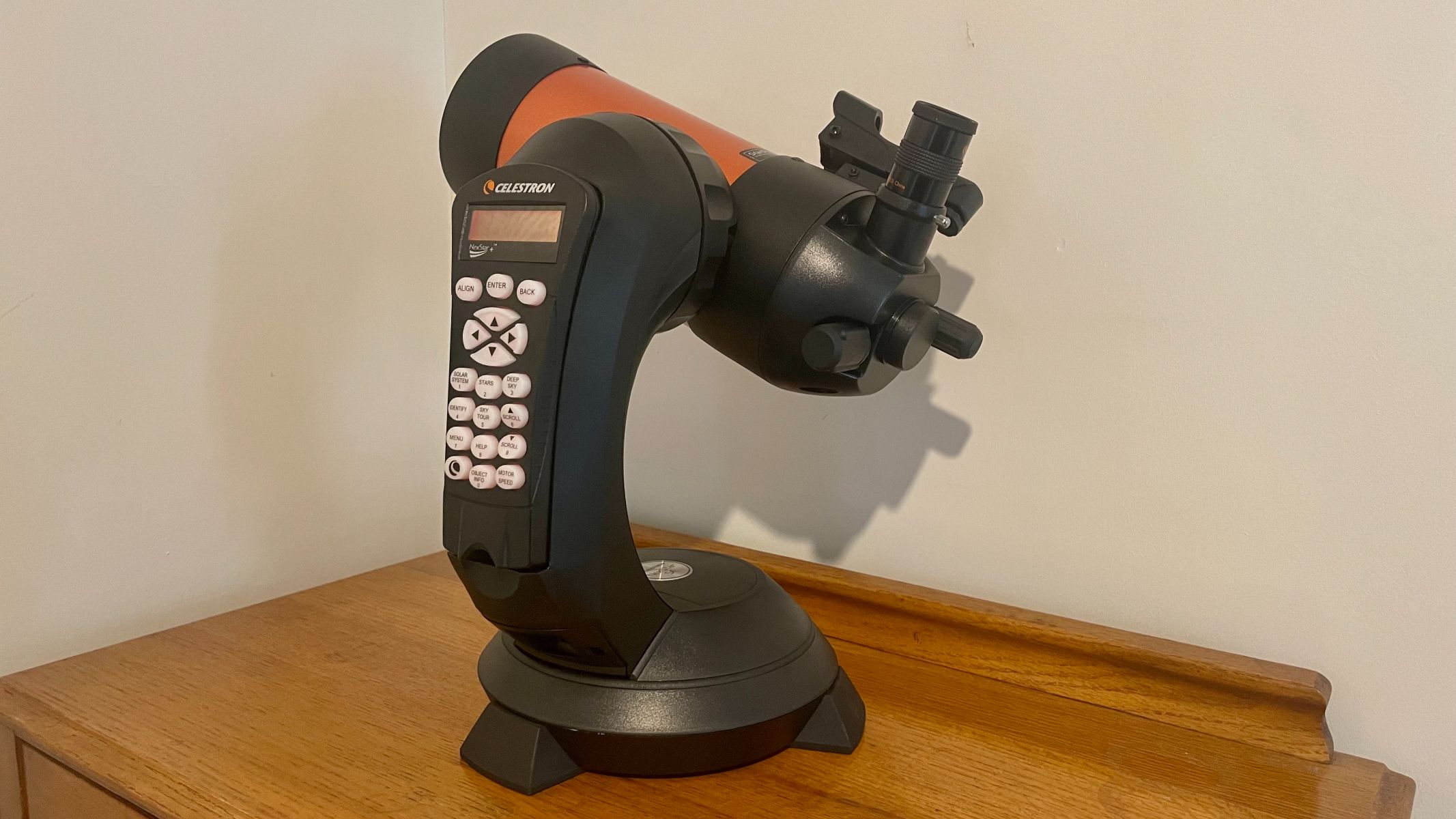


✅ You're happy to let tech do the heavy lifting: The Go-To scope will automatically slew to your desired targets for you.
✅ You're a beginner astronomer: The 4SE is very easy to use and you don't need prior night-sky knowledge to start observing quickly.
❌ You want something portable: Although it is small, this isn't the most portable telescope and is best kept in one place.
❌ You're a traditionalist: If you'd prefer to learn to navigate the night sky to find celestial objects, opt for a traditional scope, not a smart scope or Go-To scope.
🔎 Celestron NexStar 4SE: A great choice if you want to get straight to observing the night sky from your back garden. ★★★★
This is an excellent beginner-friendly telescope, and two years after our hands-on Celestron NexStar 4SE review, it still sits in our best telescopes guide.
It features a fully computerized mount and Celestron's SkyAlign technology. By automatically recognizing the date, time, and its location, it can quickly slew to celestial targets at the push of a button—making stargazing easy for newcomers who might not otherwise know to find objects so easily.
The 4SE delivers sharp views of planets and bright deep-sky objects but its narrow 1.2-degree field of view may limit the ability to observe larger celestial sights in their entirety. It is better for observing subjects like the moon and planets than entire constellations. The included 25mm Plossl eyepiece is decent, but we recommend using it with a 32mm eyepiece and Barlow lens to maximize its 241x highest useful magnification.
Though we consider it a small telescope, the NexStar 4SE weighs 23 lbs (10.4 kg), making it heavier and, in turn, less portable than other models in this guide. Its tripod also doesn't fold down completely, so it is best suited for backyard gazing rather than for taking around to different dark-sky locations.
Another reason for keeping this scope at home is that it eats through 8xAA batteries. Powering it using a 12-volt AC or car battery adaptor is better.
- Read our full Celestron NexStar 4SE review
Best for lunar and planetary observation
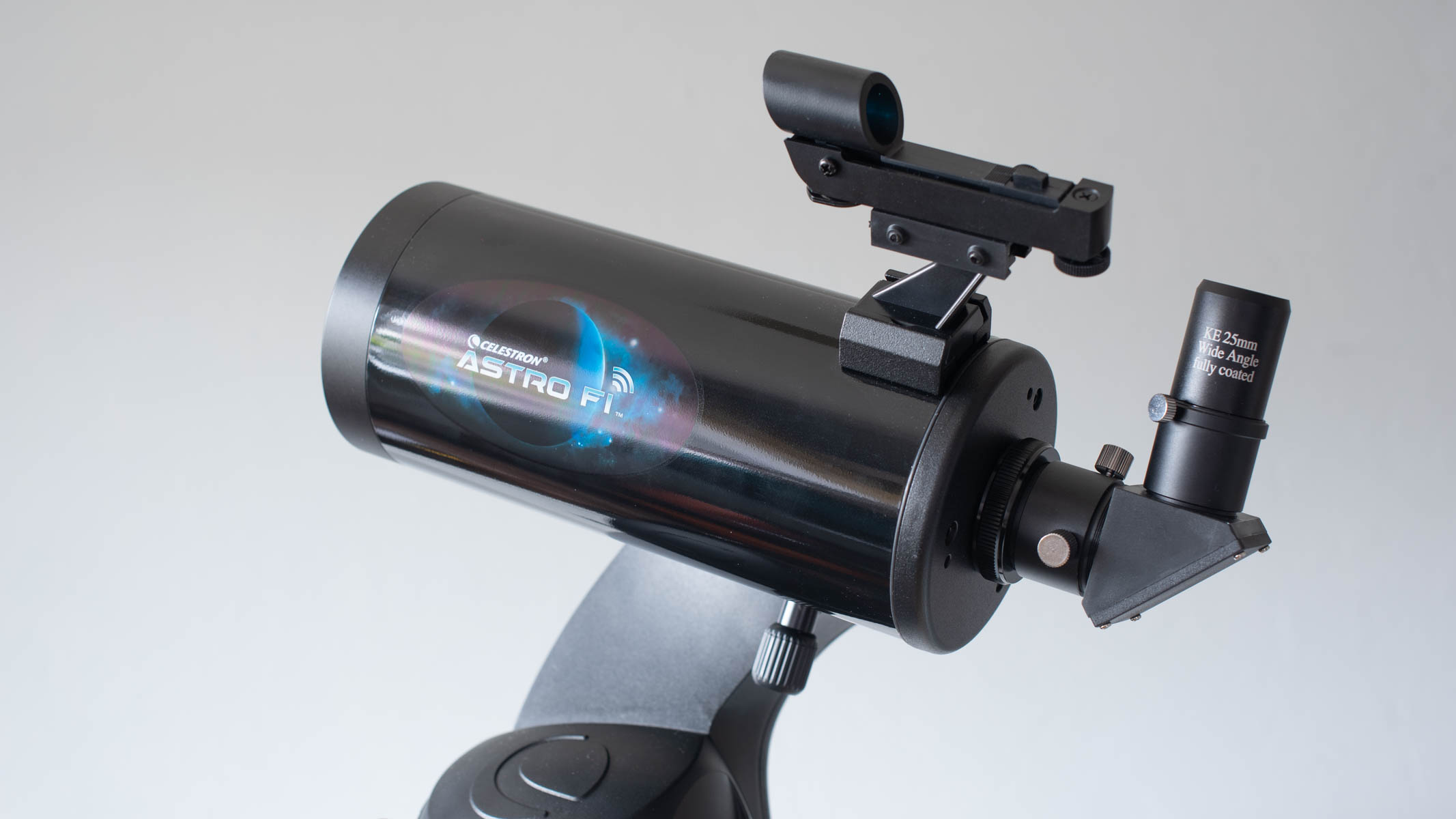
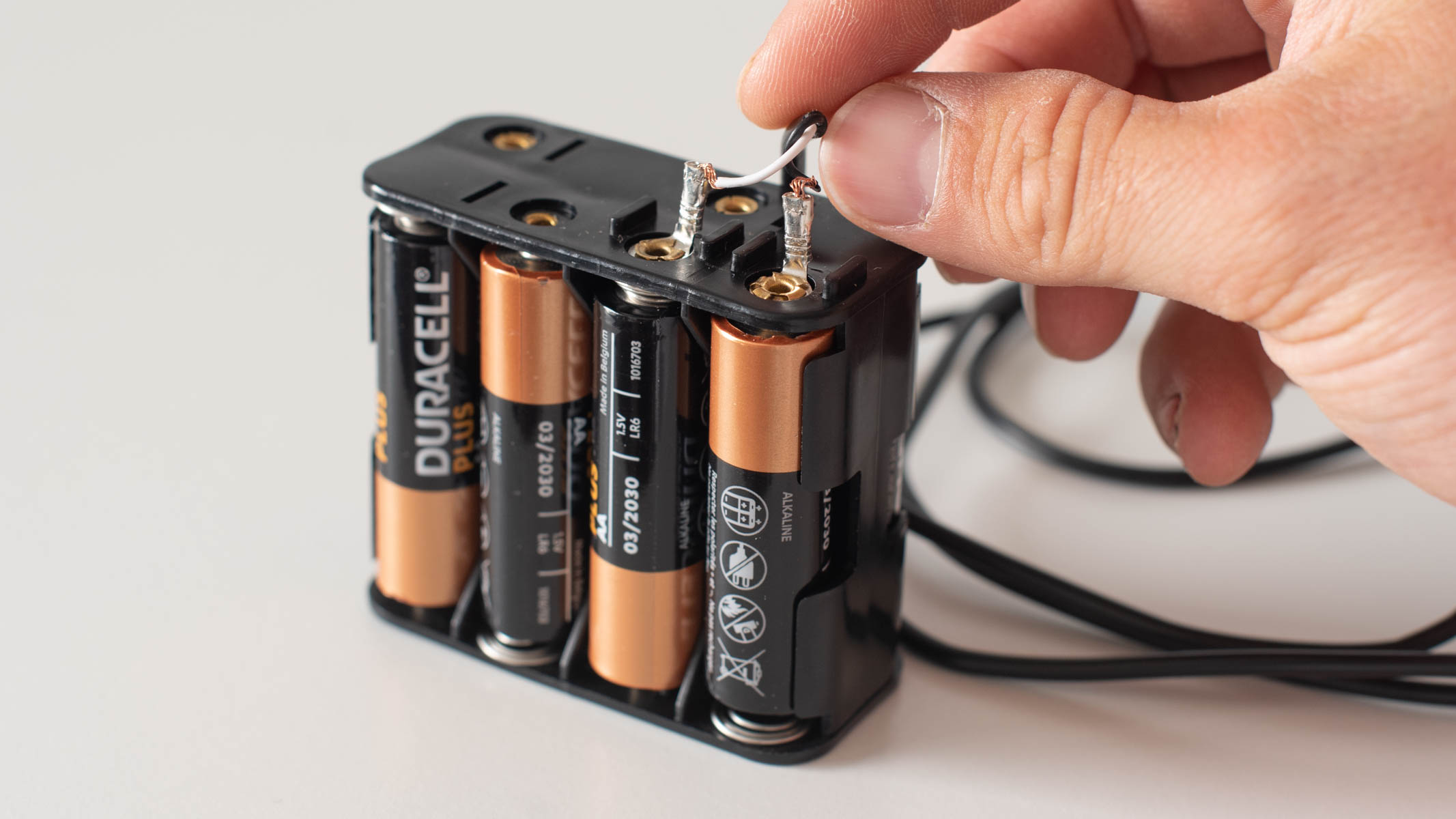

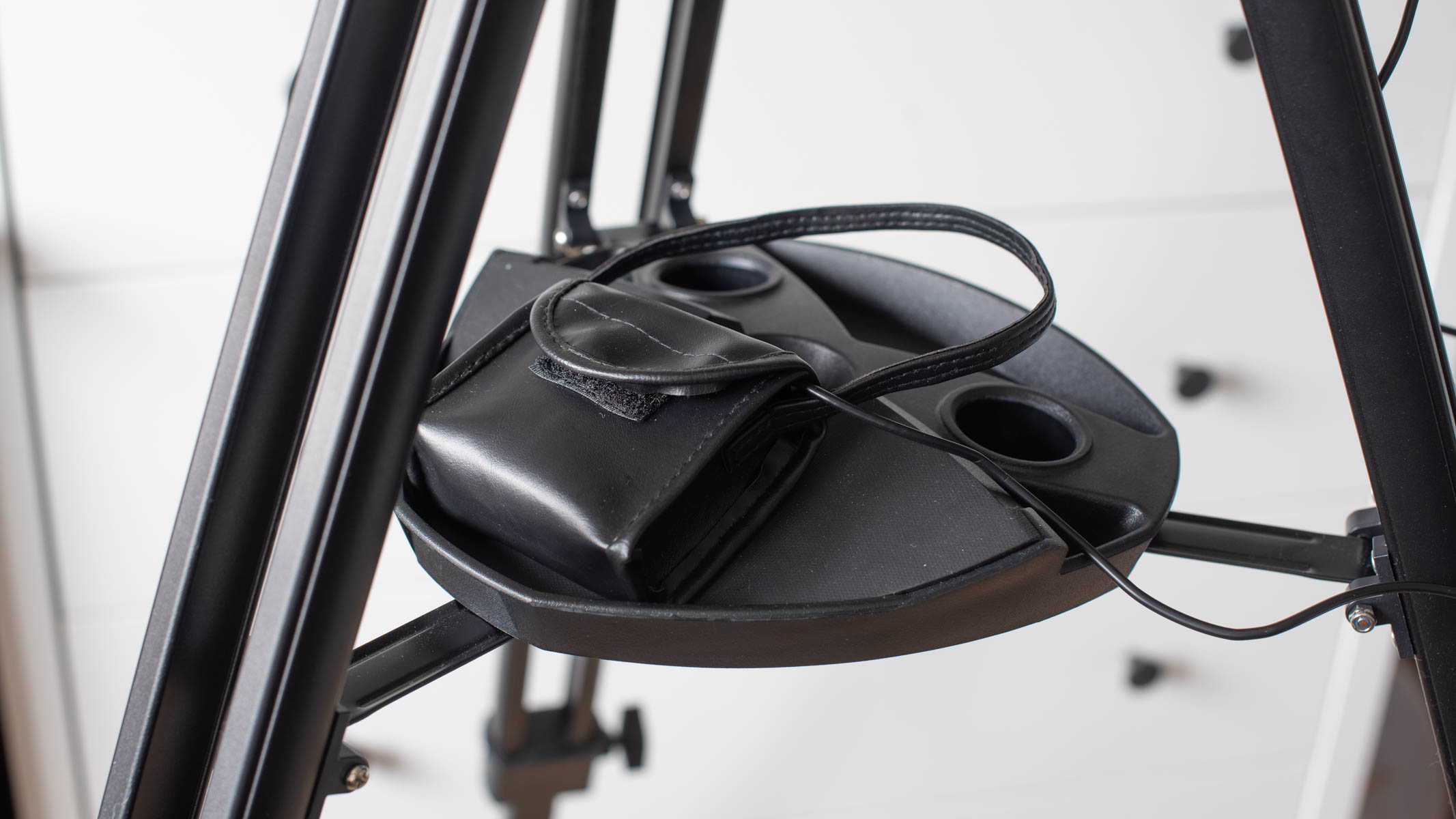
✅ You're buying it for a child or a complete beginner: It is great for looking at the moon and planets
✅ You want to take it out and about: It is portable and lightweight, so it can easily be moved from A to B.
❌ You don't want to have to buy accessories, but this telescope would be improved by buying a better tripod.
❌ You want a long-term investment, and the quality and durability of this telescope will not win it any awards.
🔎 Celestron Astro Fi 102: A good compact telescope for a child or curious skywatcher who wants to enjoy looking at the moon and planets ★★★½
The Celestron Astro-Fi 102 is a compact yet powerful telescope that makes stargazing effortless. With its 4-inch (102mm) Maksutov-Cassegrain design, this small but mighty scope delivers sharp, detailed views of the Moon, planets, and, in the right conditions, bright deep-sky objects.
The Astro Fi 102 utilizes a fully motorized GoTo mount and built-in WiFi. Connect to Celestron's SkyPortal app, select from the available celestial objects, and let the telescope do the hard work for you — no guesswork or star-hopping required. It's an easy-to-use, grab-and-go telescope that you can easily move from location to location, providing you remember to take 8 AA batteries.
While battery life could be better, an external power pack solves the issue. Overall, it's a good contender if you're looking for a small telescope to enjoy the brighter objects in the night sky.
- Read our full Celestron Astro-Fi 102 review
- Read our full Celestron Astro Fi 102 review
Small telescopes frequently asked questions
What is the cheapest small telescope?
At around $80, the Celestron FirstScope 76 is by far the cheapest small telescope we recommend. However, sales events like Prime Day and Black Friday have seen it drop to around $65. It comes pre-assembled and is great for casual viewing, especially for children.
Are small telescopes just for children?
No. Although smaller telescopes might be easier for smaller hands and faces to operate, small doesn't mean they are reserved for children. Most of the examples we have given feature excellent optics, smart technology, or both. Small telescopes are just designed to be portable and easy to store. Some of the newer smaller telescopes can be very expensive, and they are fragile instruments. They certainly shouldn't be used by a child without adult supervision.
How to choose the best small telescope for you:
When deciding on the best beginner telescope, you need to consider exactly what you want from it.
Do you want something to help you navigate the sky without needing previous skywatching knowledge? Do you want to be able to move it easily from location to location? Is this a long-term investment for you as a budding or keen astronomer, or are you just curious to have the odd skywatching session in your back garden?
Some telescopes are best for planetary and lunar observations, while some are best for viewing deep-sky objects. Some all-rounders are 'good' at everything, but if you want to focus on specific areas of space, one telescope might be better than the other, and we've explained each telescope's best purpose in the descriptions above.
Of course, cost is an important factor, so we've included telescopes at different price points. We've picked telescopes that offer the best value for money, and this doesn't always mean the cheapest.
Since you're looking for a small telescope, portability is likely also going to be a key decider. With the exception of the Celestron 4SE in this guide, the others are easy enough to transport from location to location.
How we test the best small telescopes
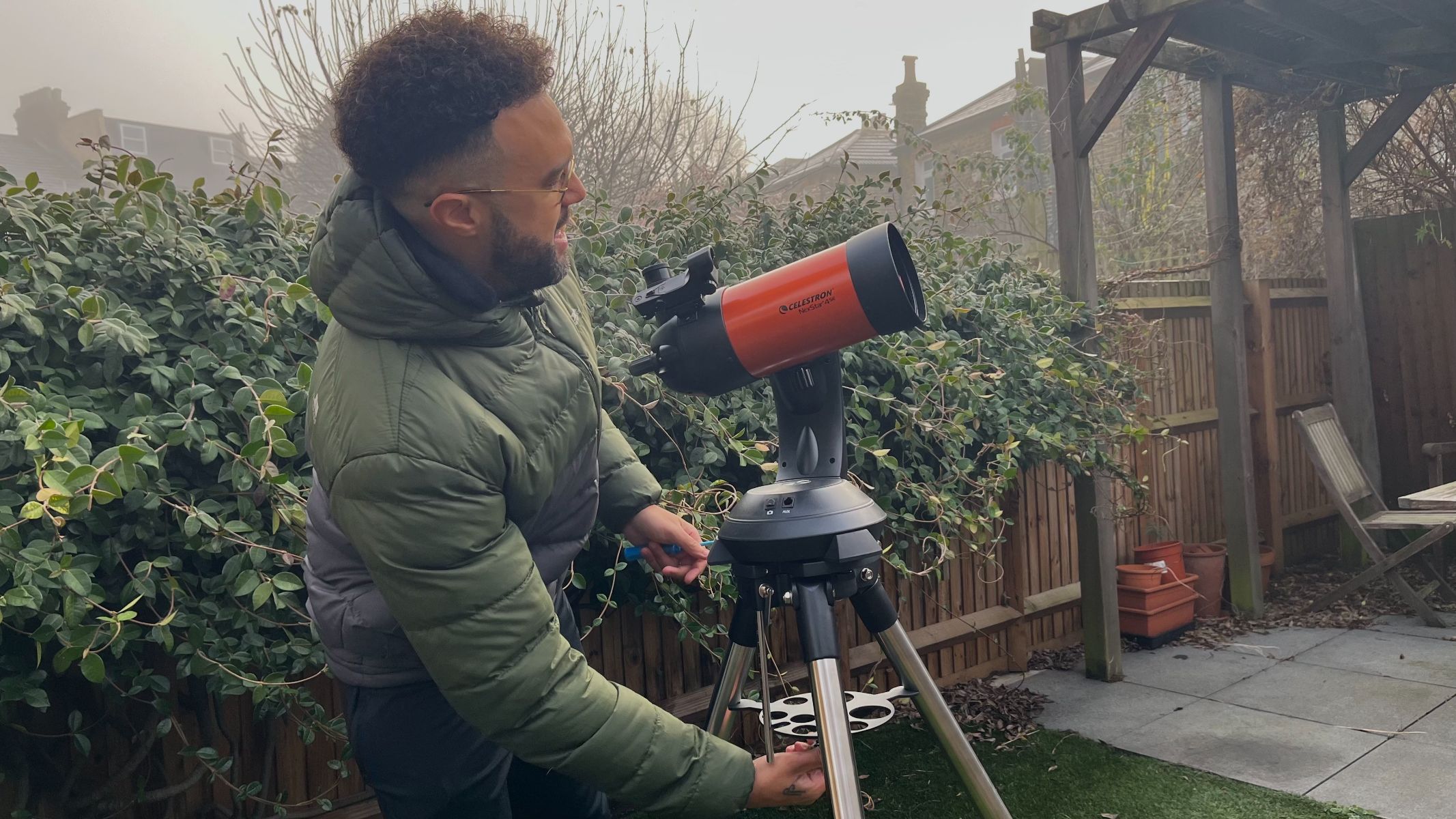
When it comes to recommending the best small telescopes, we believe in honest, hands-on testing. Every telescope we recommend is put through real observational use, ensuring you get reliable advice on its performance from our expert reviewers.
We consider its design, size, and optics. We also test the supplied accessories such as eyepieces, mounts, tripods and red dot finders.
Since telescopes can vary in complexity of use, we consider how user-friendly each model is for different types of users (e.g., beginners, children, advanced users). Some telescopes require advanced setup and mirror adjustments, while others are grab-and-go and require no tools or assembly. Portability is also key for those wanting to travel to dark-sky locations, so we consider this a factor too.
We use each telescope to observe various night sky objects, from the moon and planets to deep space objects like galaxies and nebulas. Some telescopes can be used for solar observation too, so we test this when applicable.
We comment on image clarity, what is good and what could be better, allowing Space.com readers to make a more informed purchase. If tech is involved (like an app or remote control), we also test its usability and performance.
Our team of stargazing reviewers has heaps of experience, and we provide thorough and hands-on reviews you can trust.
